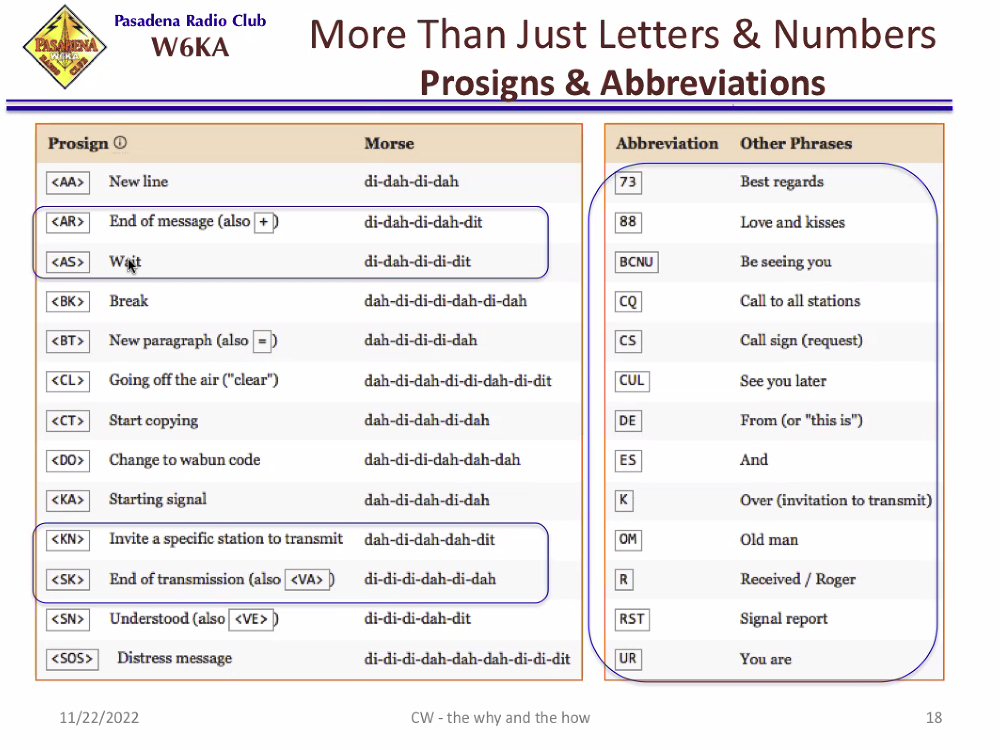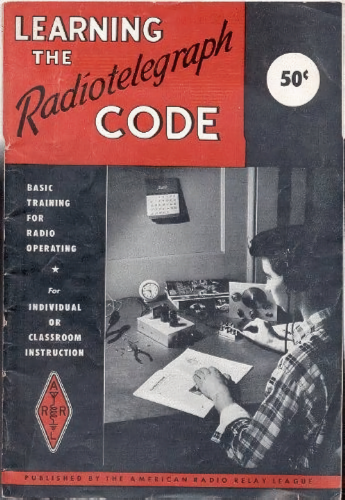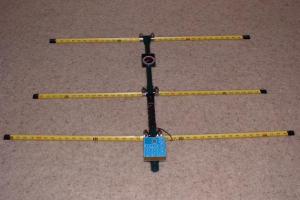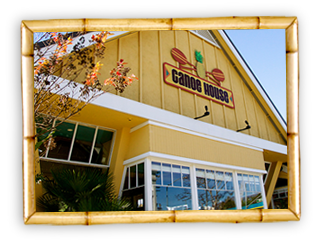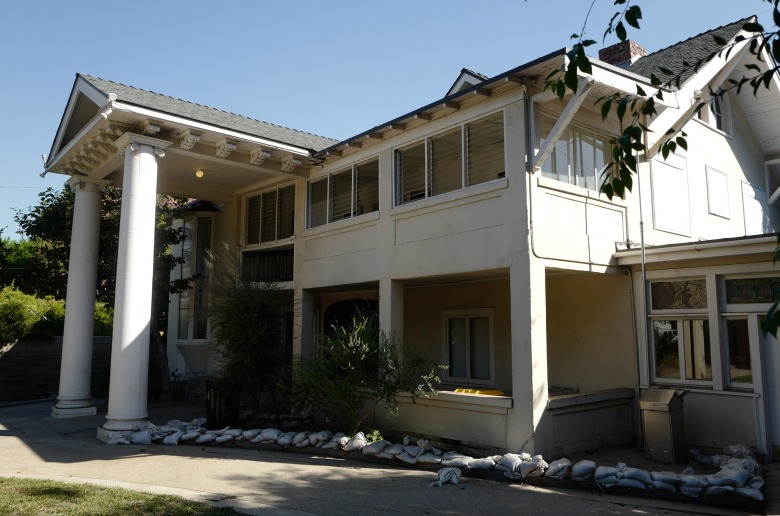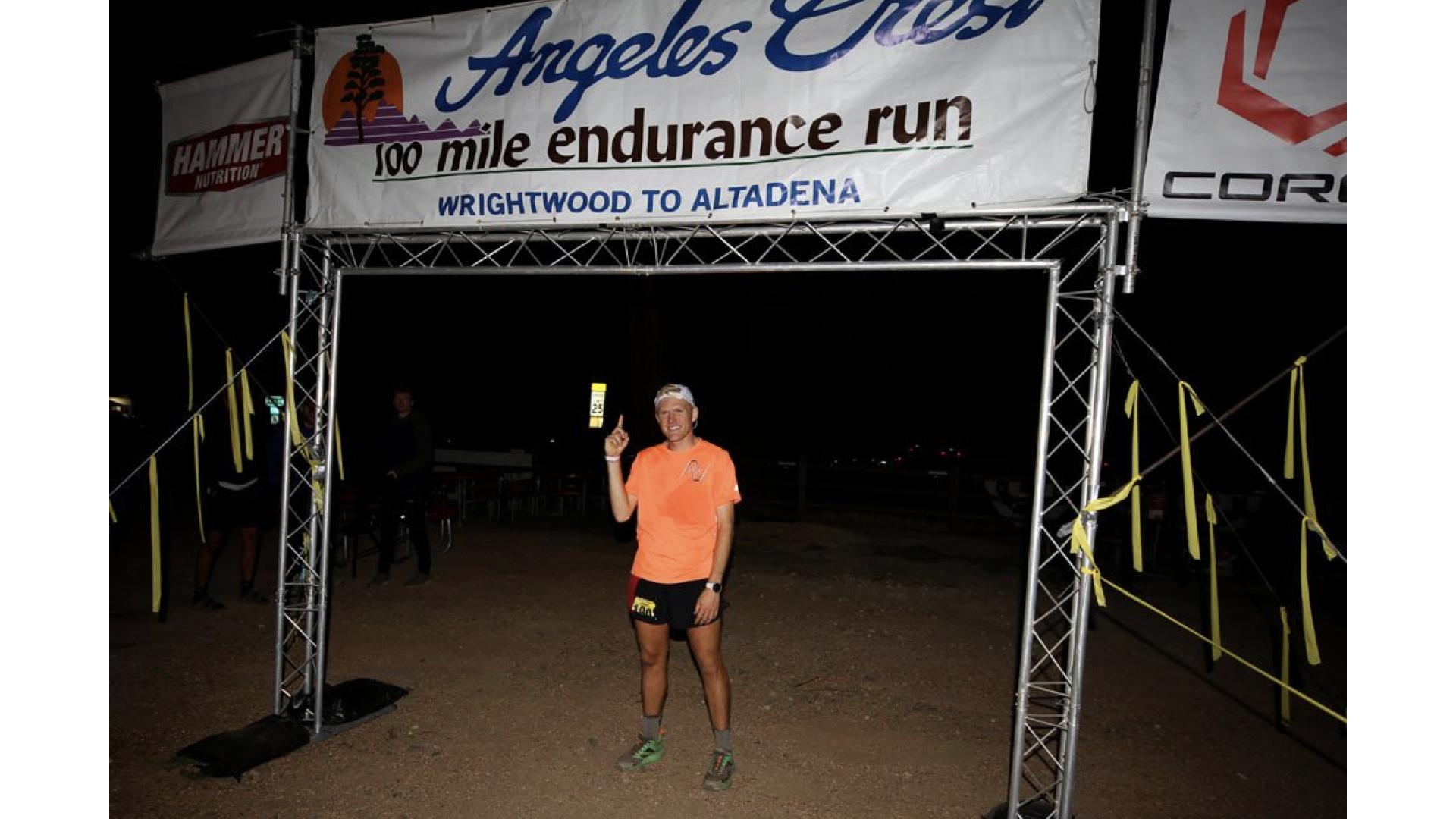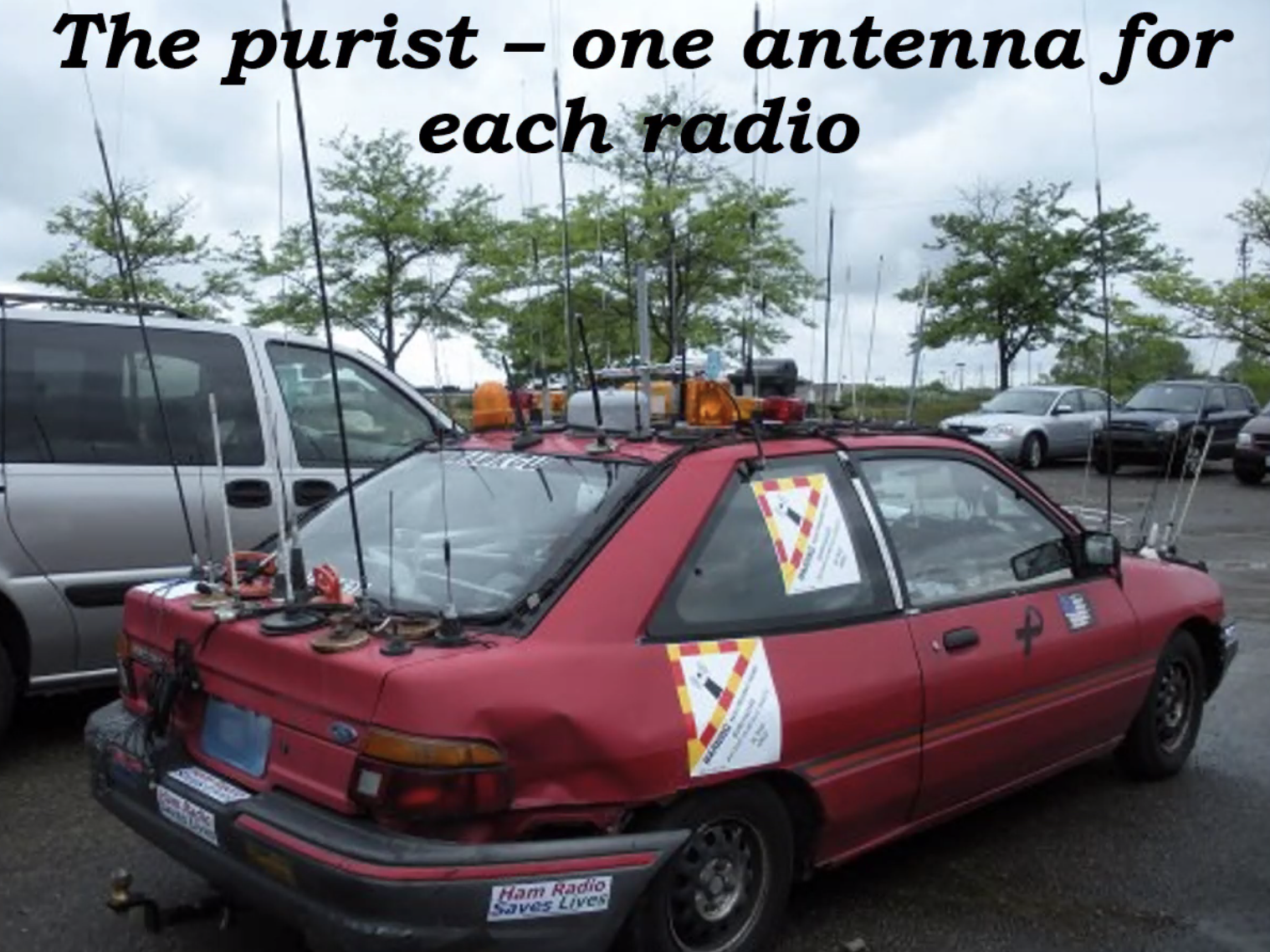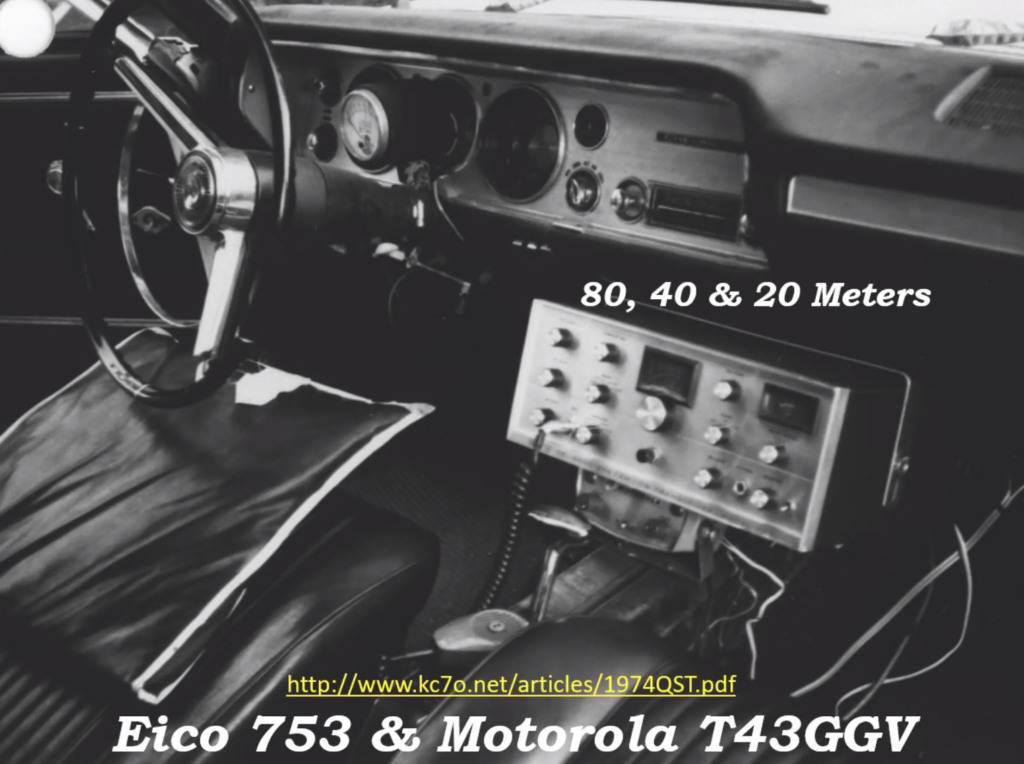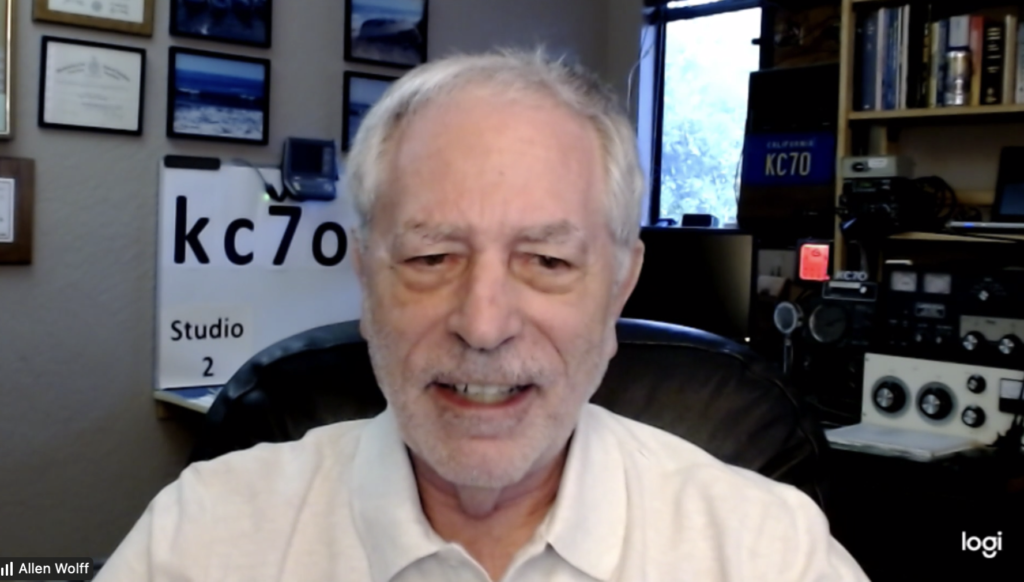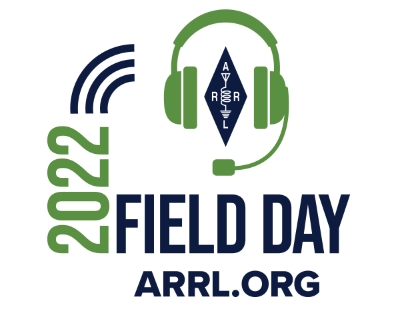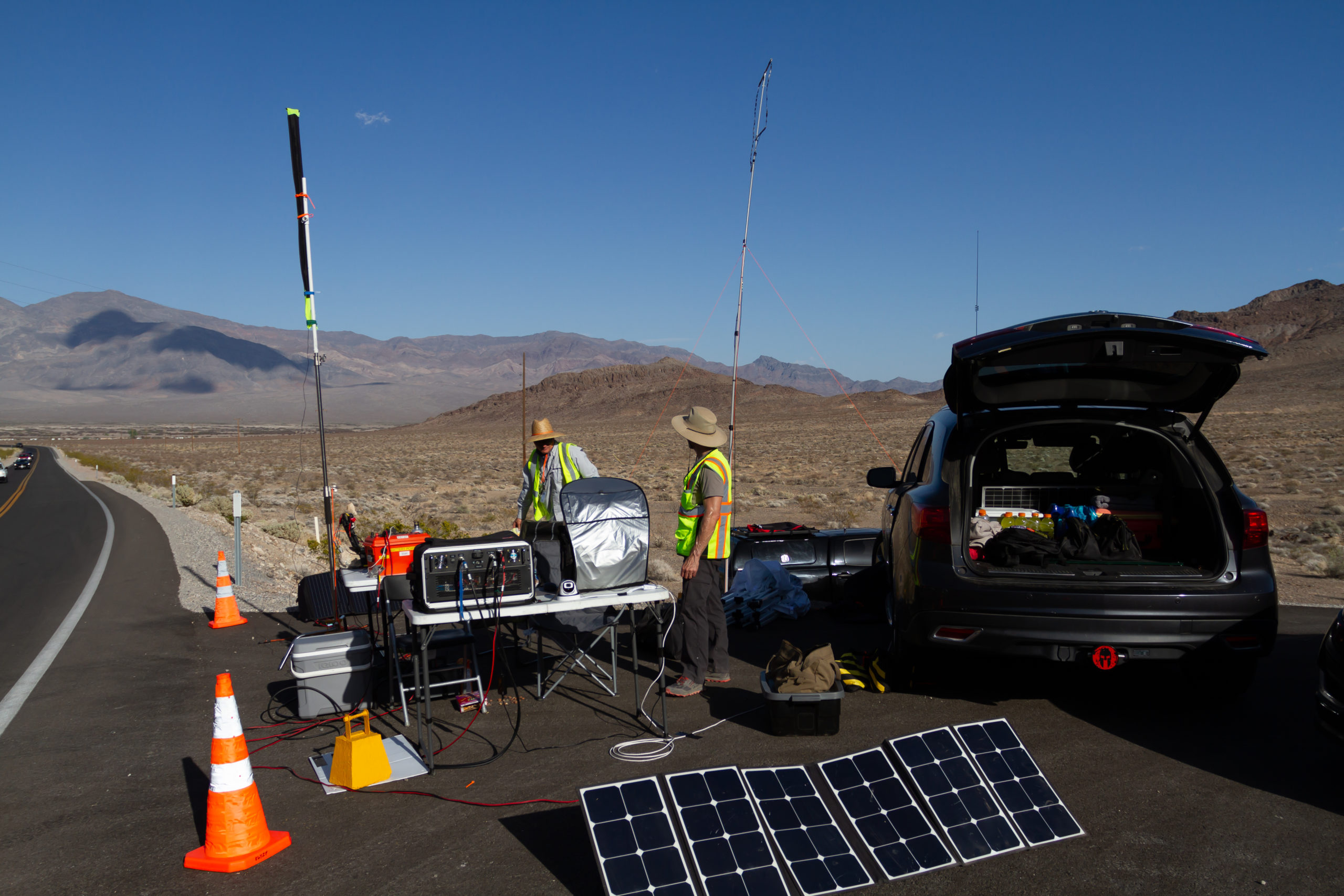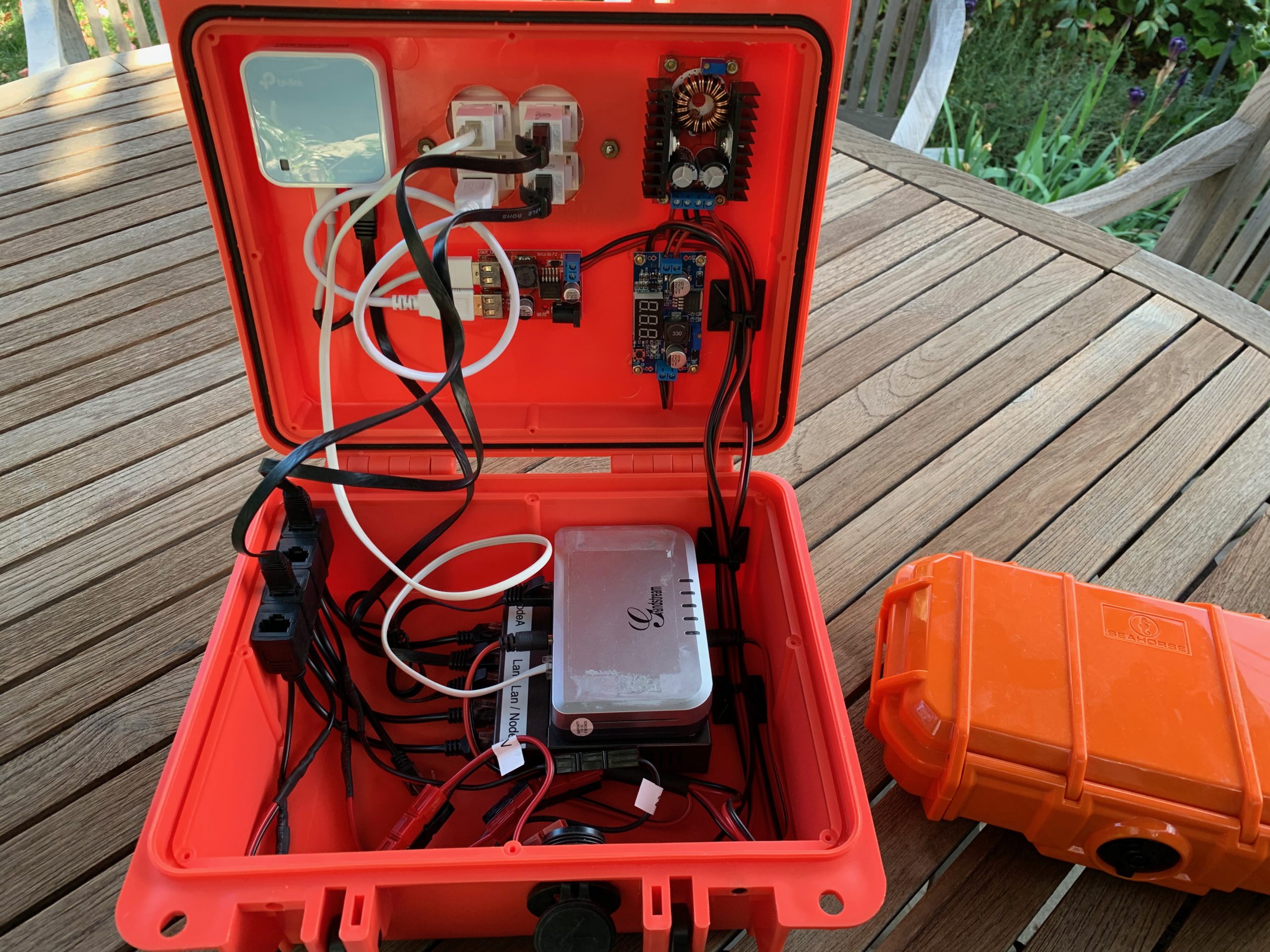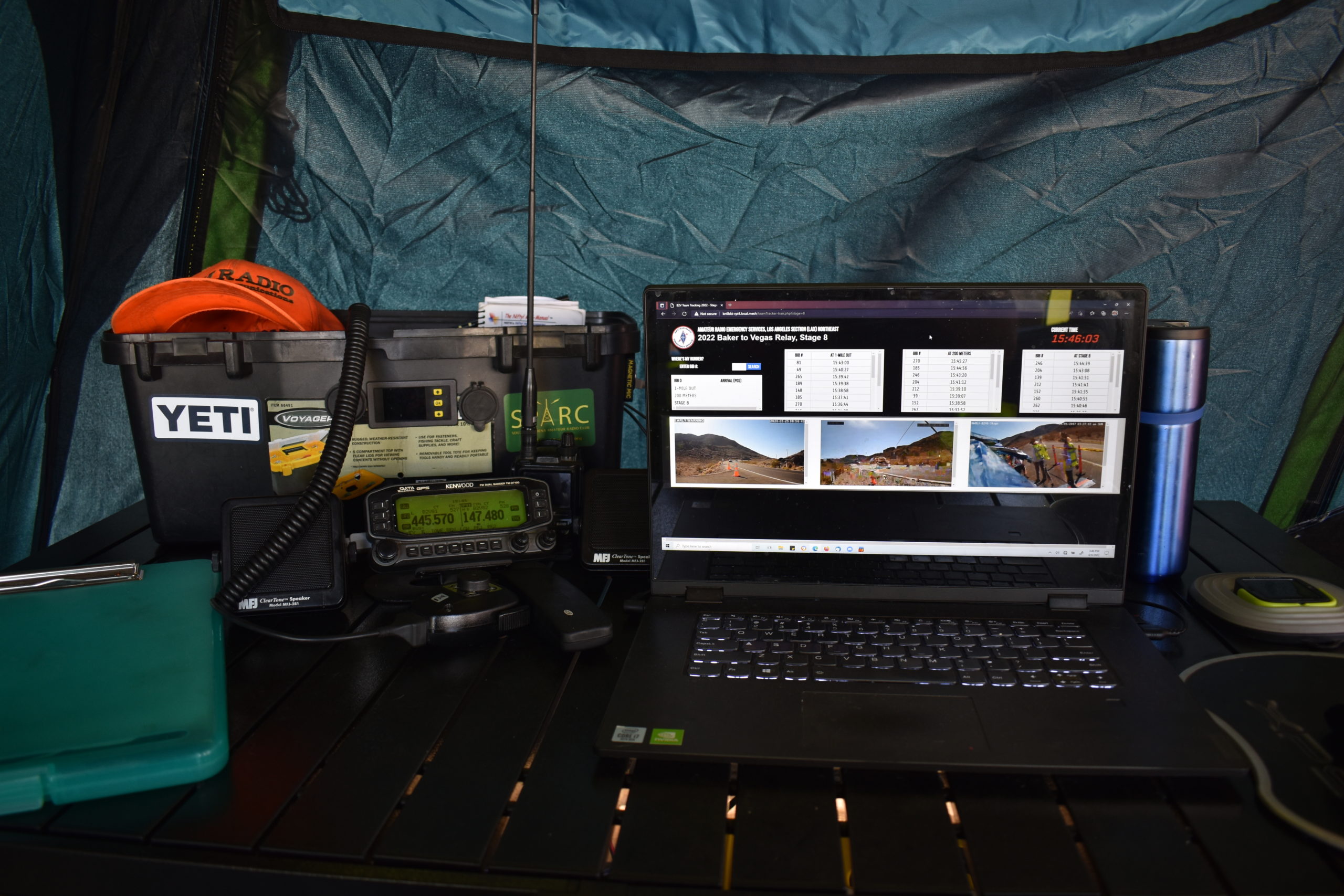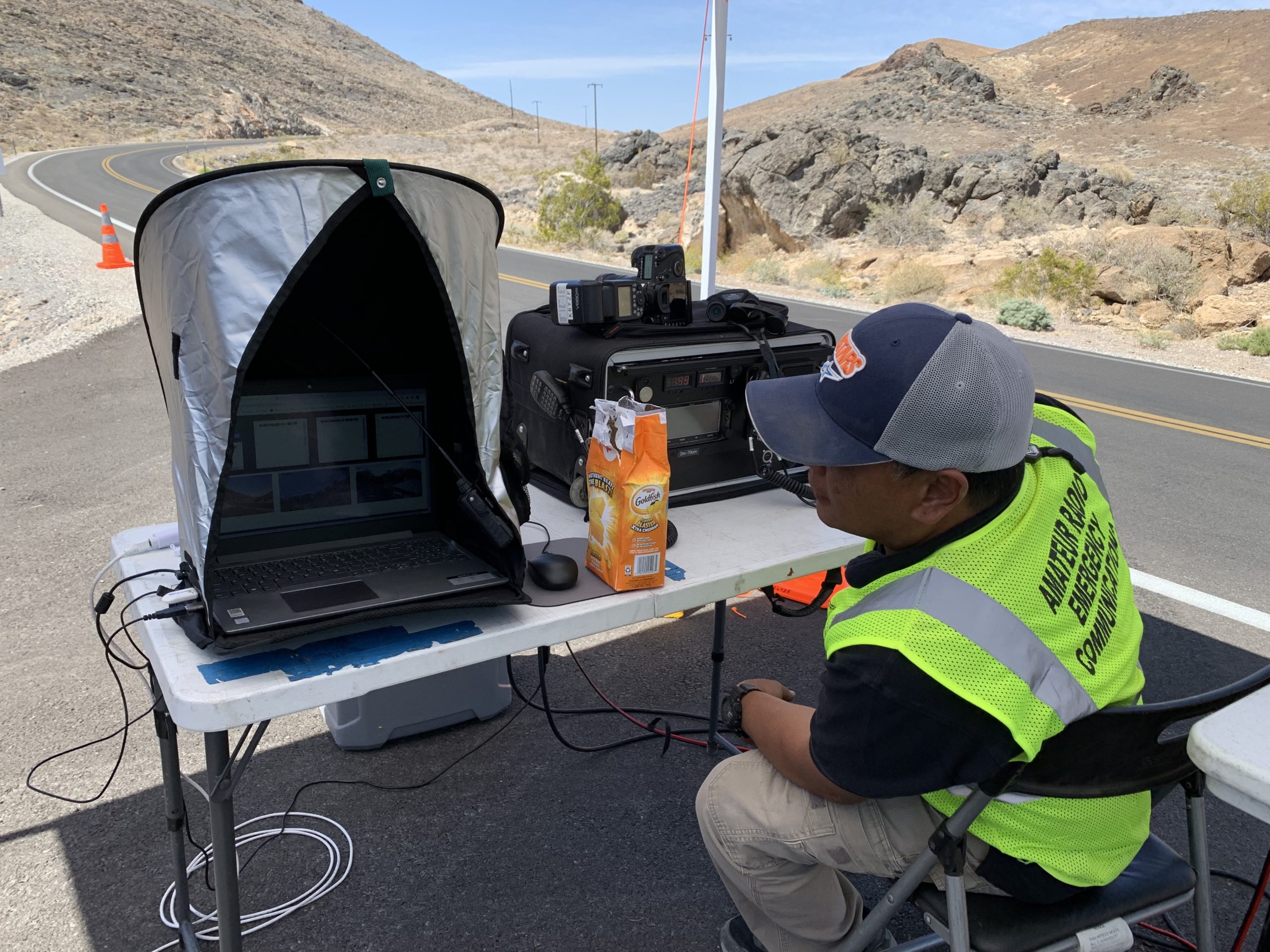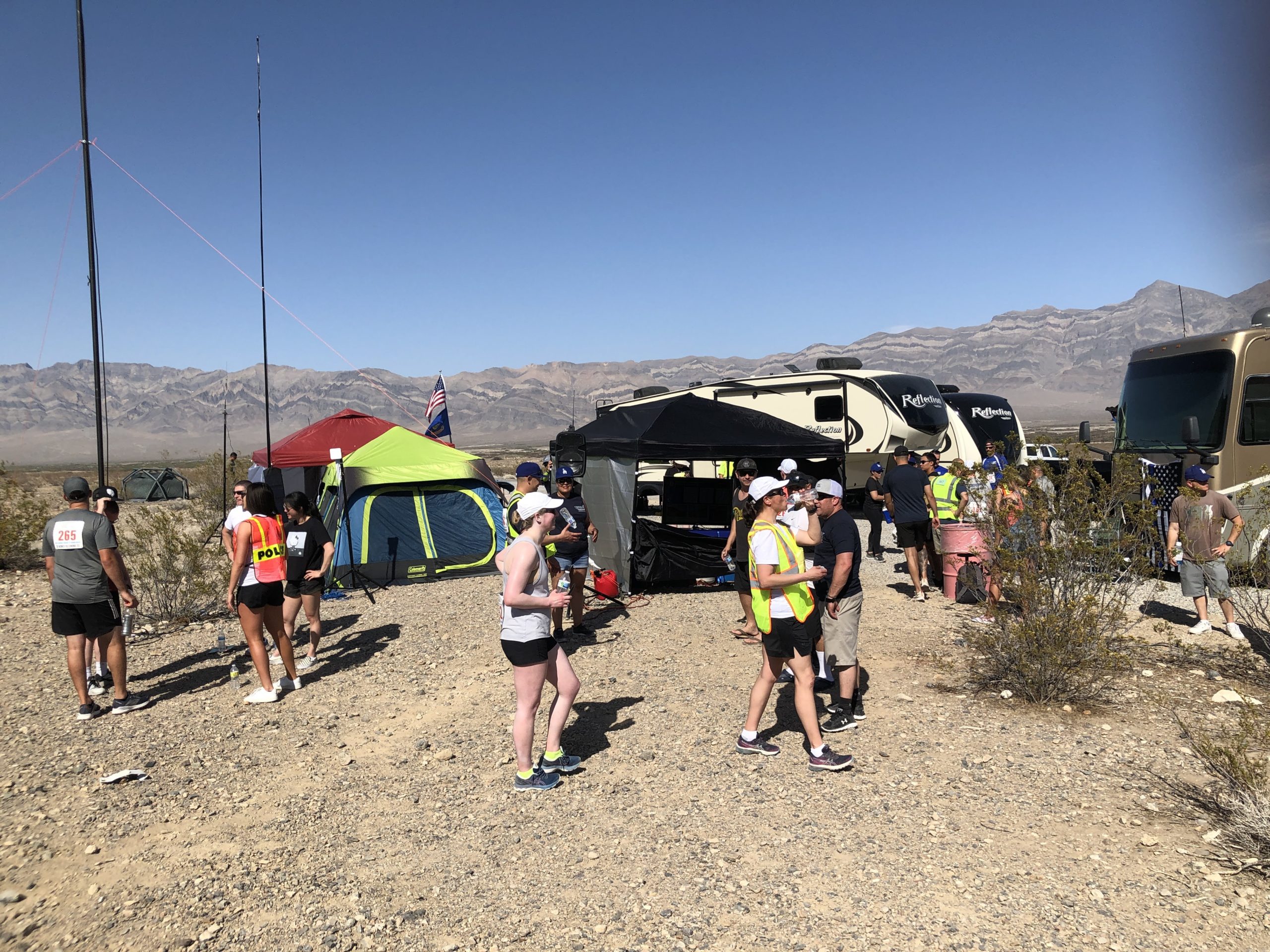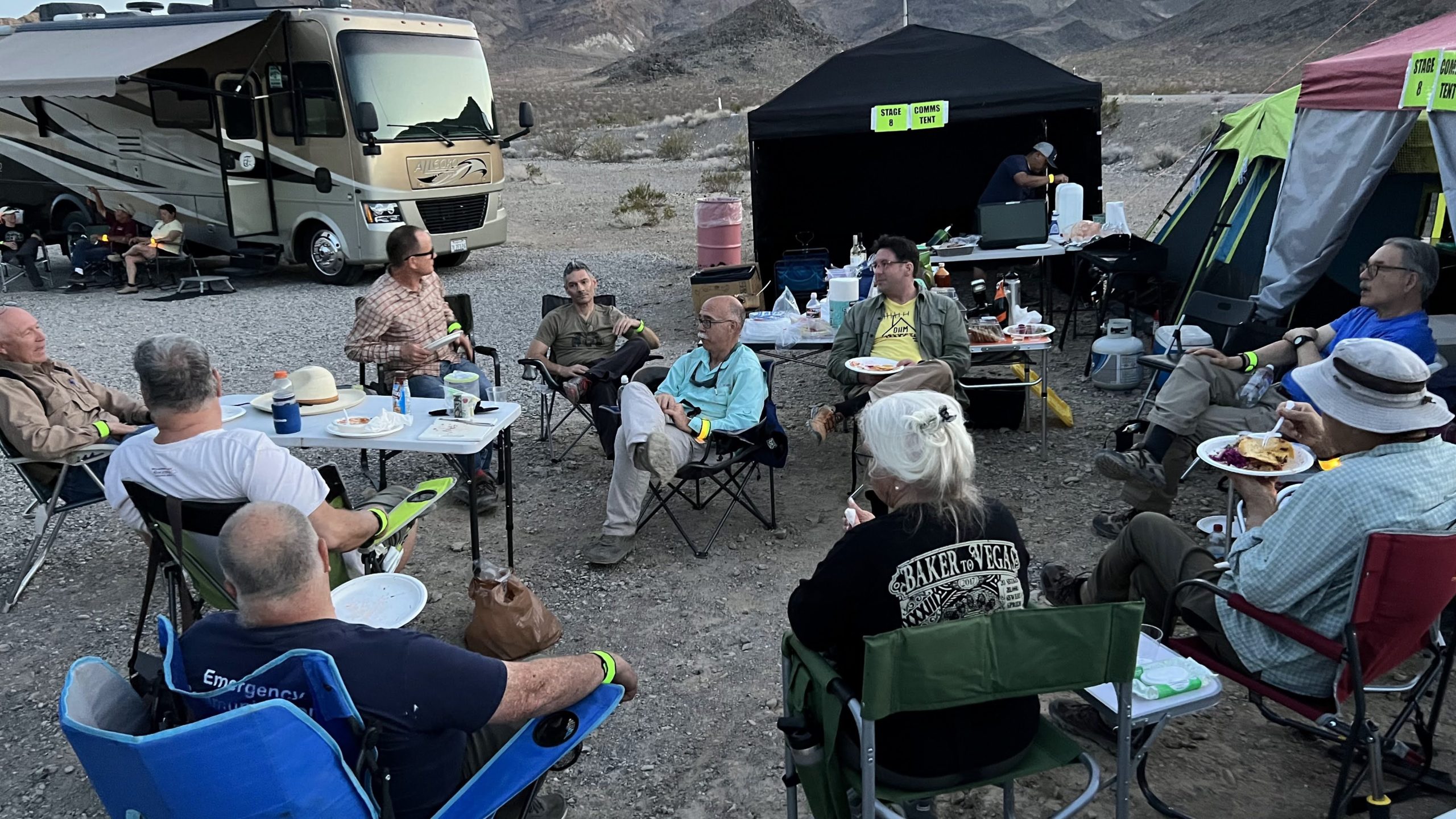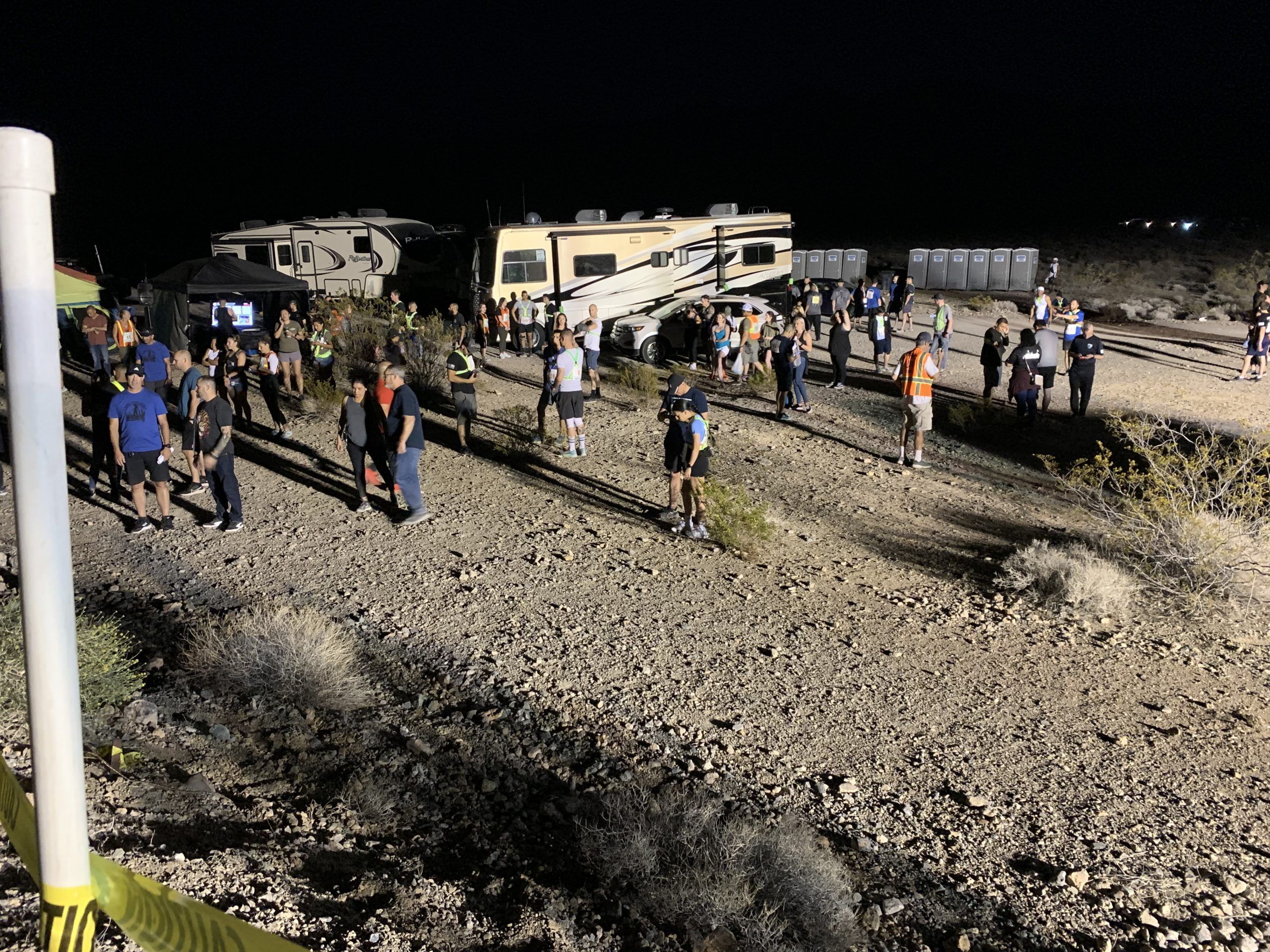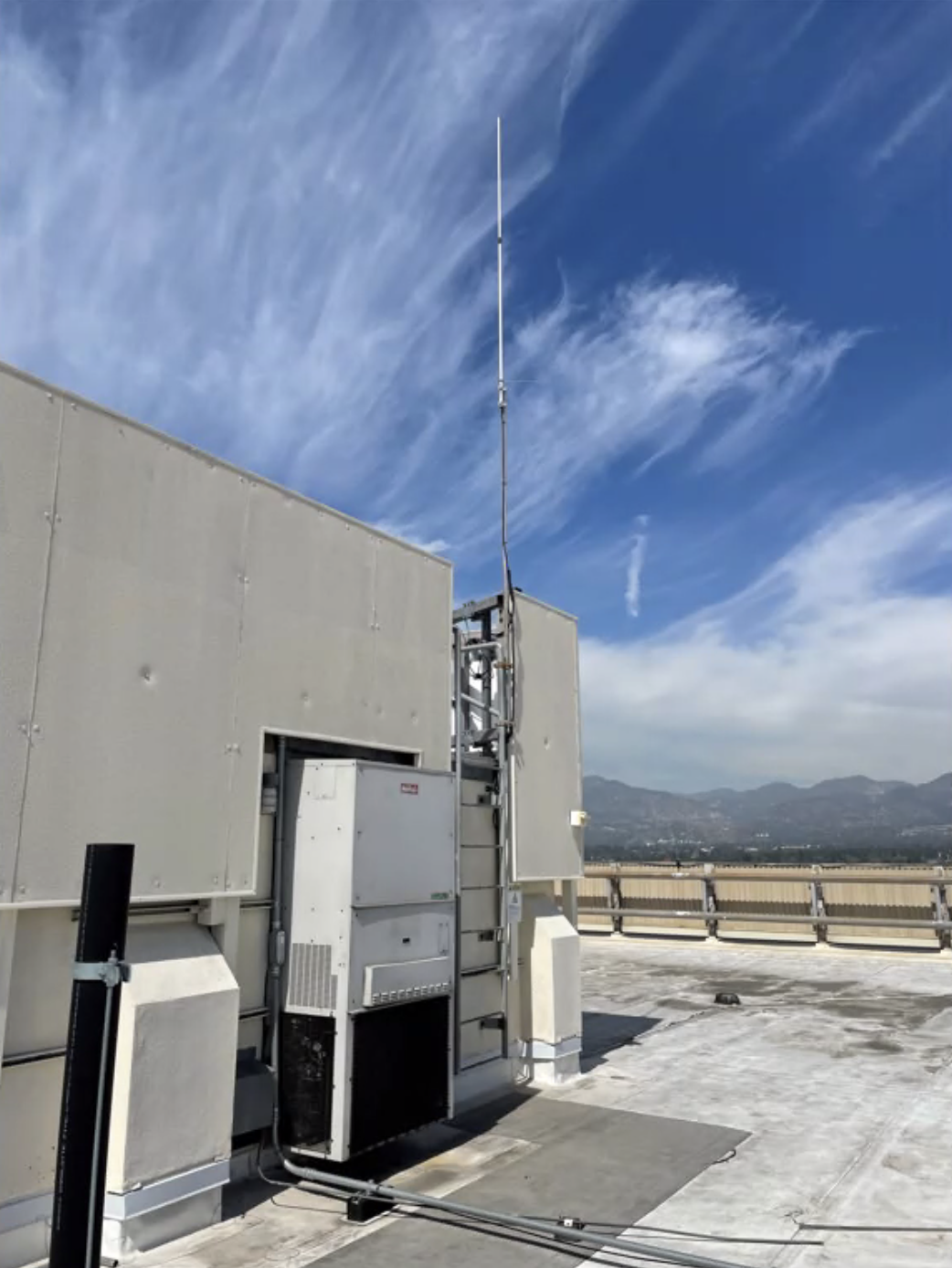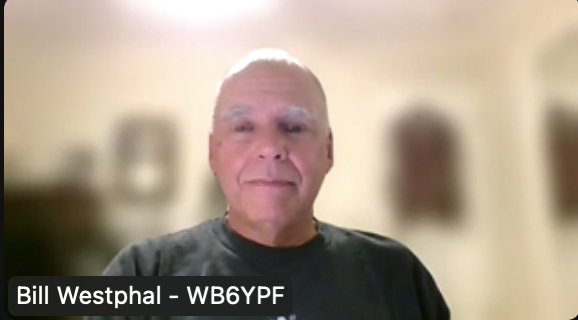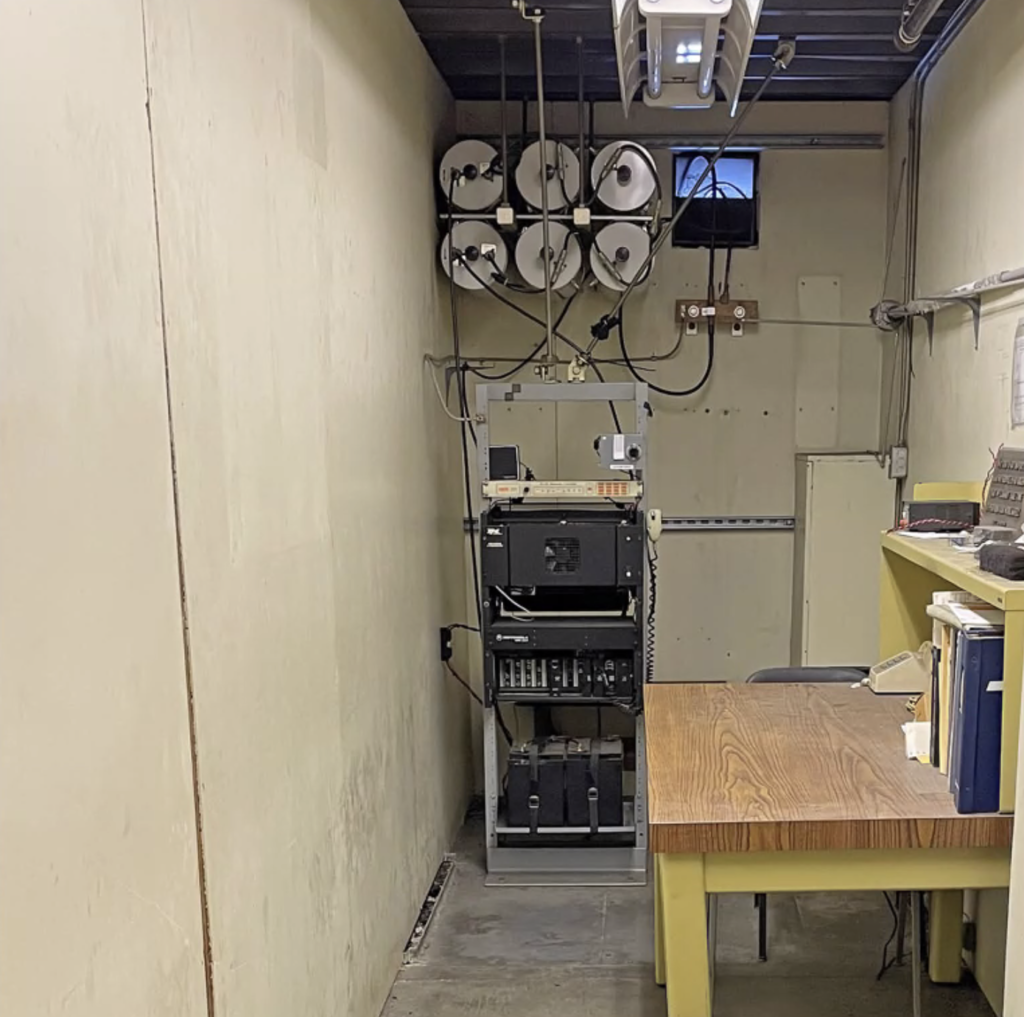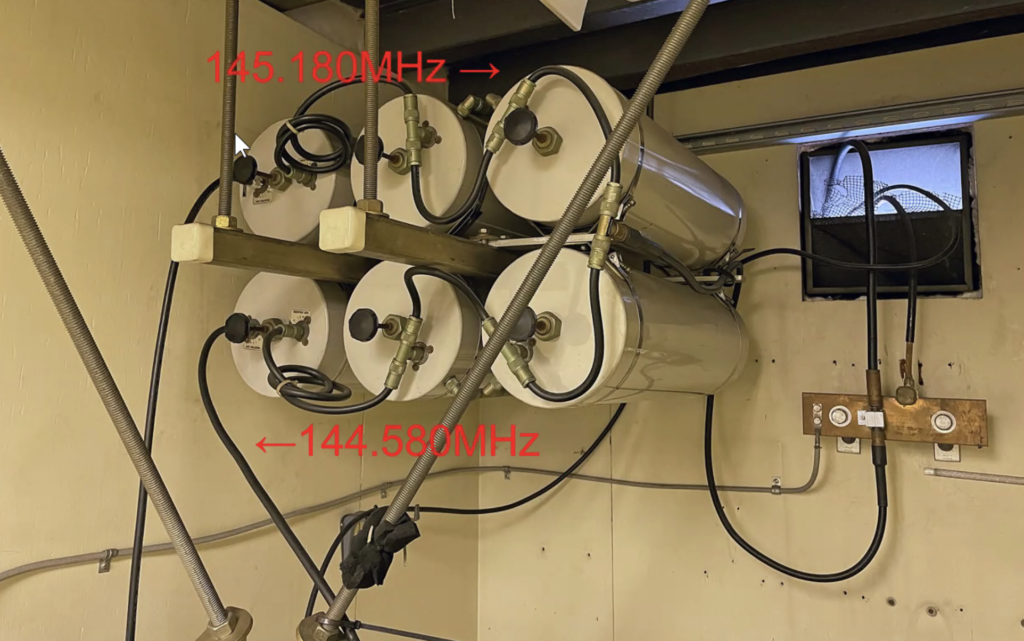At our March, 2023 member meeting, Jim Marr, AA6QI presented “CW – The Why and the How.” Sending Morse code over CW is the oldest radio transmission mode, but it remains useful today. CW isn’t merely a nostalgic throwback. Jim explained that while digital modes like FT8 and JT65 may be more efficient, they can only exchange limited information. CW is “totally unstructured” with no limits on what knowledgable operators can communicate.
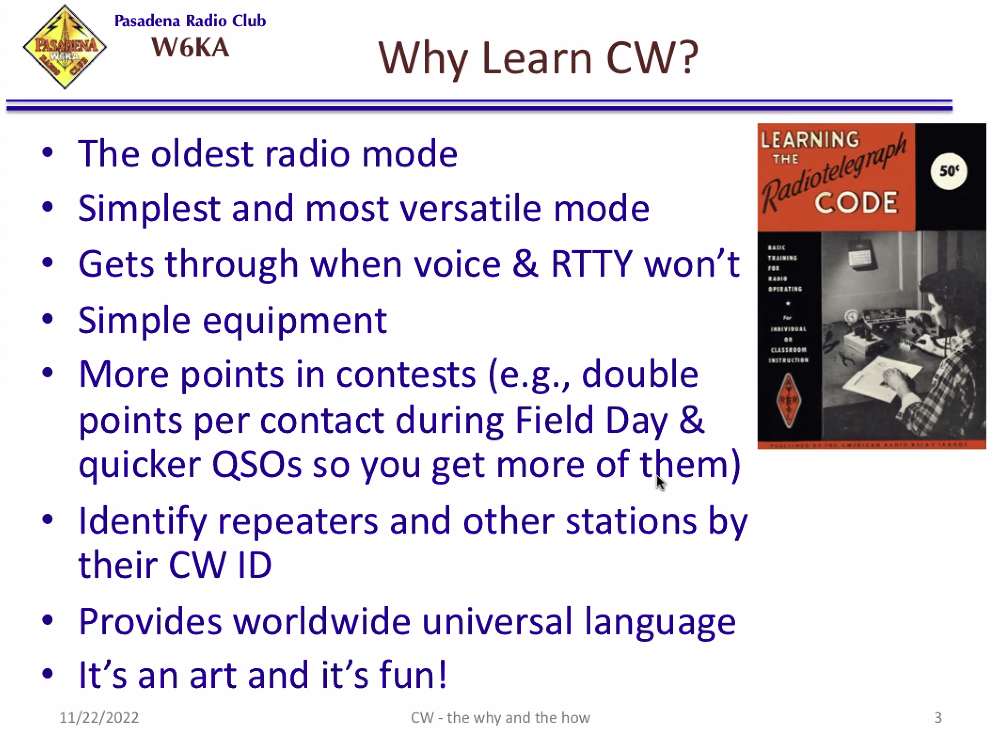
Learning CW continues to be a badge of honor for hams, as expressed on the shirt seen here on Jim’s introductory slide.
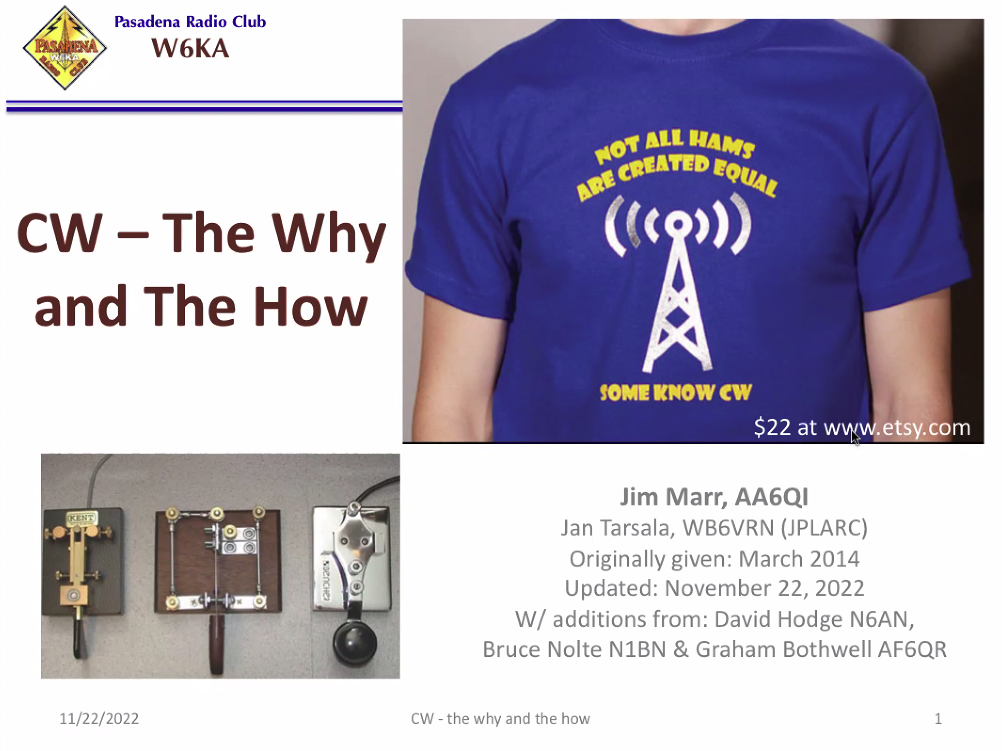
In his teen years, Jim practiced his code skills by transcribing stories from the daily newspaper. As his proficiency increased, the practice of sending and receiving CW became more enjoyable. “You like to do what you’re good at, and you’re good at what you do a lot,” Jim observed.
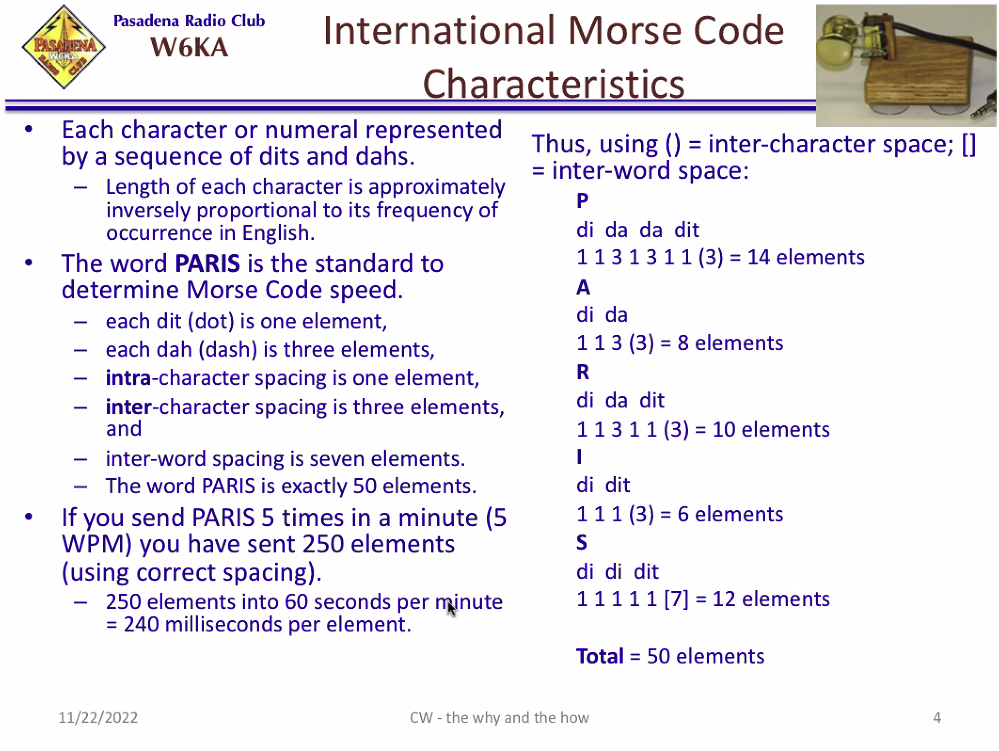
Jim recommended that anyone interested in learning CW should explore the two most popular training methods, Farnsworth and Koch, and see which one feels more natural. Some online resources include:
Koch Trainer app for iOS and Mac
G4FON Koch app for Windows
Morsle.fun, a daily challenge inspired by Wordle
The FISTS CW club
Many HF rigs include an internal CW keyer, but some operators may prefer an external device such as a WinKeyer-compatible kit sold by K1EL.
SPARC thanks Jim for his comprehensive guide to radio’s most famous mode.
